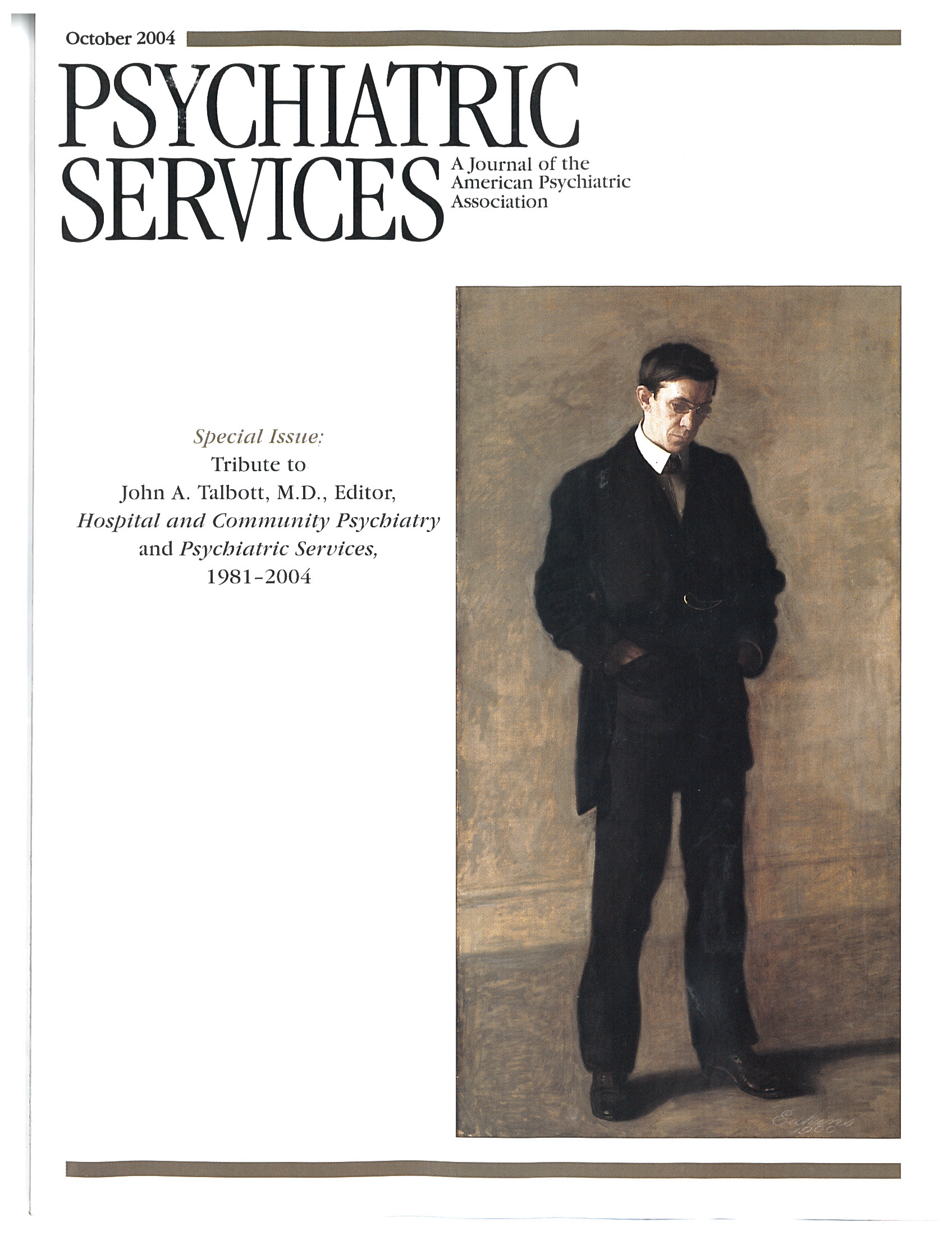Our Patients' Future in a Changing World
Although the latest psychiatric literature is what usually draws my attention, there are times when I like to return to the books I have already read to revisit various concepts. But would I choose to return to a book forecasting the future of psychiatry that was written 20 years ago?
Imagine my surprise when I found Our Patients' Future in a Changing World to be a refreshing read that still has relevance. This work is a compilation of papers presented at the 1985 annual meeting of the American Psychiatric Association as part of a presidential symposium organized by John A. Talbott, M.D.
In his opening comments, Talbott notes that "what makes the future so interesting to contemplate is its very unpredictability." Yet much of what is covered in this book has unfolded as predicted—although, unfortunately, not always at the pace we might have expected.
As APA president, Talbott chose "The Patient" as his theme for the annual meeting. Throughout his term, he pushed for greater awareness of the needs of patients with persistent illness across their lifetimes and across care settings.
The symposium captured in this collection is one part of these many activities that took place in 1985. It is organized into two parts, starting with general topics and then moving to issues more specific to "our chronic patients' future."
Part 1 includes papers about the process of change in funding, research, and attitudes. There are chapters on the expansion of the basic sciences, the changing role of the state hospital, and financial trends that predictably emphasize managed care and efficiency in delivering care. One author, Marlon L. Dauner, urges the reader to "react to the competitive environment in a positive way, to provide the types of services that people are demanding."
Jeremiah A. Bardoness, M.D., discusses concepts of change as applied to psychiatry. He reviews the events leading up to the late 20th century, including the growing federal investment in patient care through Medicare and Medicaid, then outlines how research expansion through the National Institute of Health has reshaped the focus of academic departments of psychiatry, giving them a greater emphasis on the basic sciences. Parallel to these developments, Bardoness says, is a shift in patients' attitudes, "with a general move in the direction of more horizontal relations with physicians, so that patients are increasingly involved in decisions bearing on clinical care." Certainly, this statement portends the rise in consumer activism and empowerment and the present role of consumer-directed services.
Lewis L. Judd, M.D., discusses the future of basic science in psychiatry. He predicts that all modern psychiatric clinicians will have a "circumscribed, clinically relevant knowledge of neuroanatomy, neurophysiology, neuropharmacology, neurochemistry neurotransmitter systems…receptor physiology, and pharmacology." The growing use of magnetic resonance imaging (MRI) and positron emission tomography (PET) for research is also discussed.
Part 2 zeroes in on areas that are aligned with the needs of the chronic patient. Topics include the need for better theory to guide work with families, new methods for rehabilitating chronically ill patients, and changes in law and procedure pertaining to persons with chronic mental illness.
I recommend this collection of papers to those who are looking to understand the roots of the concepts that have become a part of psychiatric education, research, and treatment today. Returning to this publication will help the reader track where we have made strides and where resistance to change has slowed our progress toward providing better care for our patients.
Dr. Vergare is Daniel Lieberman professor and chair of the department of psychiatry and human behavior at Jefferson Medical College of Thomas Jefferson University in Philadelphia and medical director of the Jefferson Behavioral Health Network.



